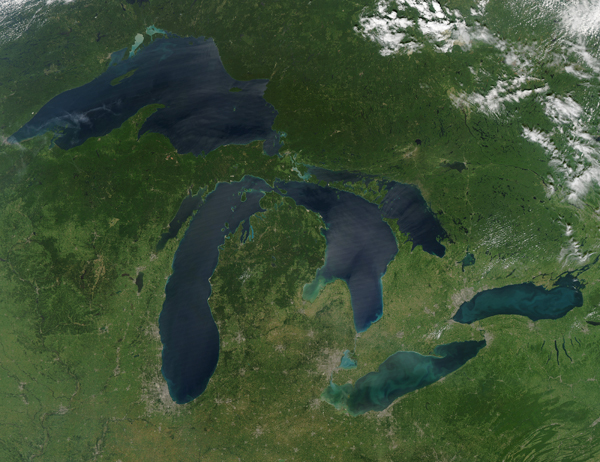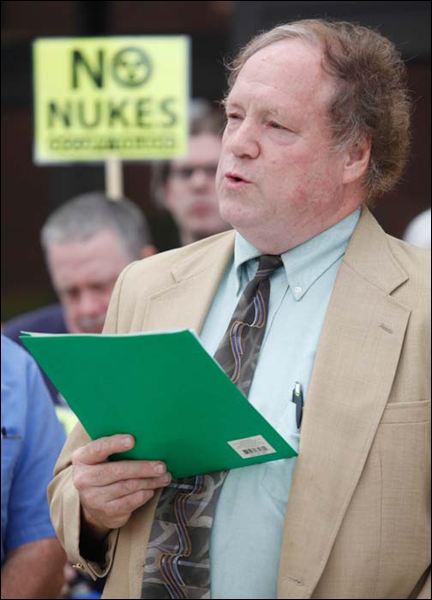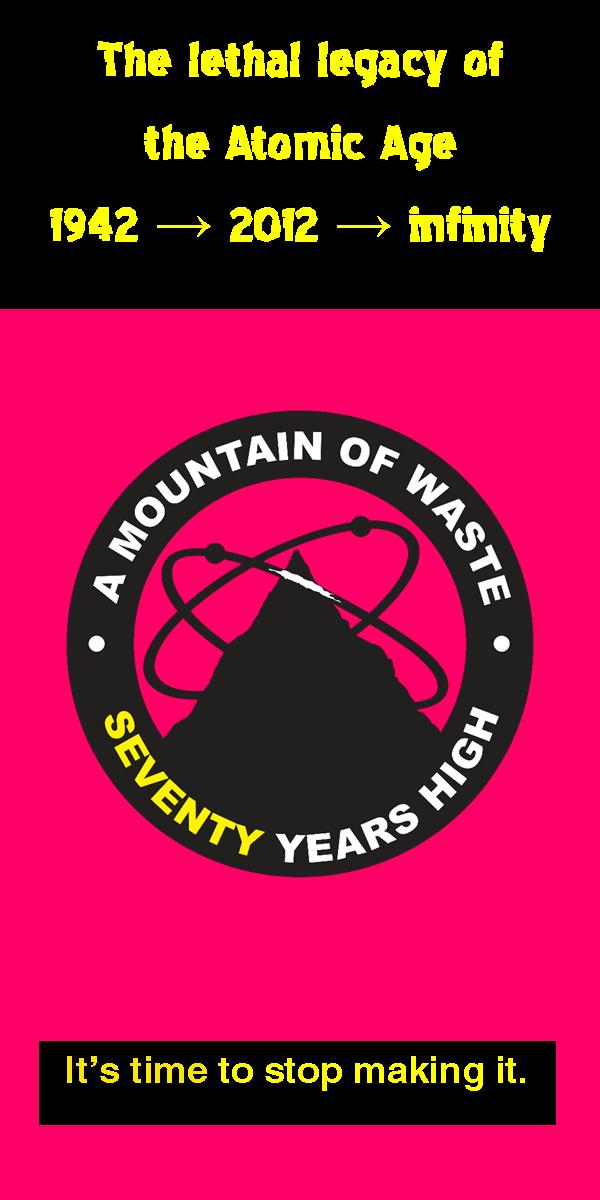Indian Point needlessly kills over a billion fish, eggs and fish larvae annually
 October 19, 2012
October 19, 2012 Riverkeeper reports in a fact sheet on the Entergy Nuclear Indian Point Units 2 & 3 atomic reactors:
"...in 2010 the New York State Department of Environmental Conservation (DEC) denied a critical water quality certification required for the relicensing of Indian Point. Because Indian Point needlessly kills over a billion fish, eggs and fish larvae annually, and has been leaking radioactive waste into the groundwater and the Hudson River, the State determined that Indian Point's continued operation would violate state water quality standards.
A full hearing on the State's 2010 water quality determination began on October 17, 2011. Riverkeeper is mounting a comprehensive legal effort to support the State and deny the water quality certification Indian Point needs to operate. A victory would mark a turning point in Riverkeeper's decades long campaign to halt Indian Point's environmental assault on the Hudson River and force the plant's retirement."
 admin |
admin |  Post a Comment |
Post a Comment | 







